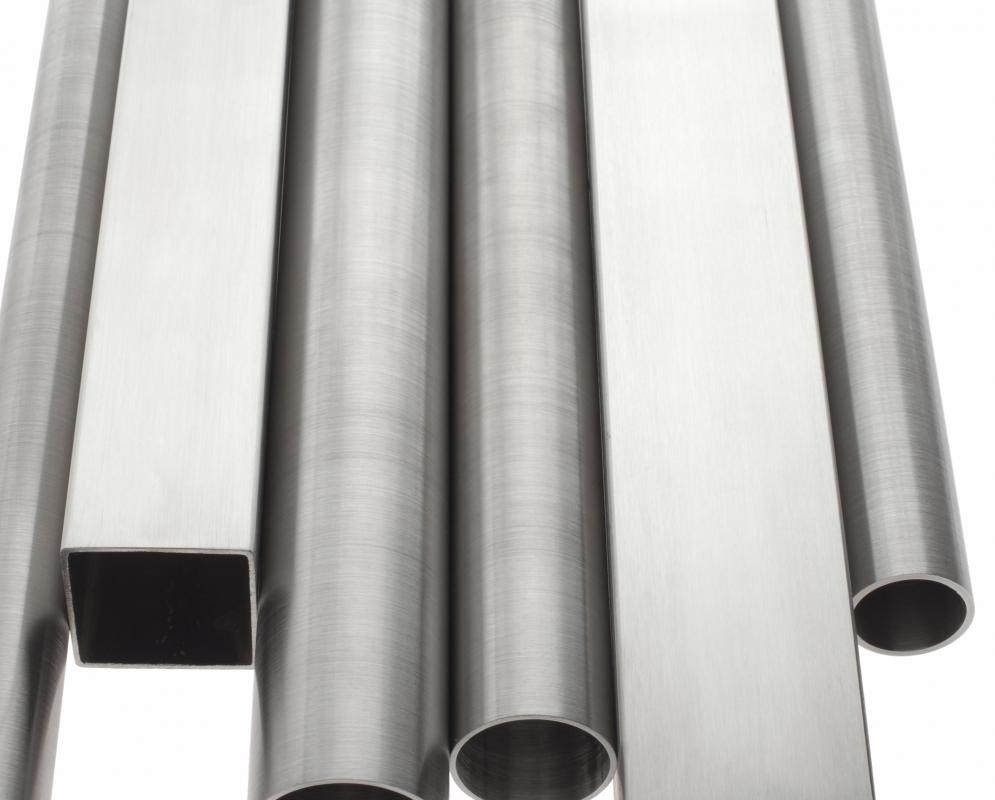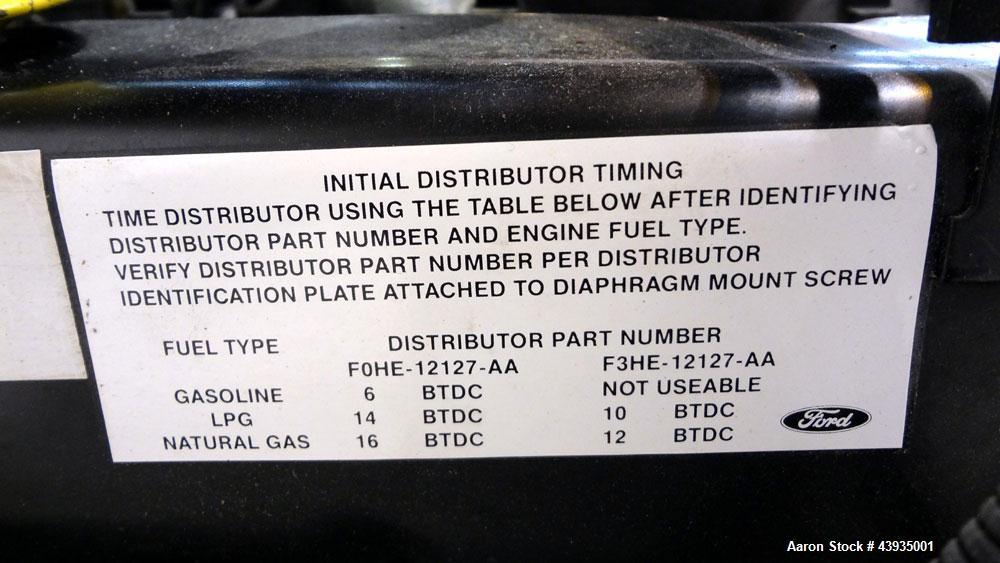PWHT is based on the hardness of the steel, the thickness of the welding parts, structural rigidity, welding methods and conditions of use. General carbon steel welding performance is good, the welding can be without preheated and heat treatment. It is confusing whether the latter statement implies that an as-welded carbon steel, carbon manganese steel, or low alloy steel would require a PWHT if only HRC hardness testing is performed. Per Section 7.3.3.2, I would say yes it does require PWHT. Regardless of thickness, no PWHT for P1 Carbon steel Material if they meet the Limitation mentioned on the Table 331.1.3. A2.: For carbon steel thickness 25mm thickness, preheat of 95deg is an limitation for P1 material for avoiding PWHT. The impact of Post-Weld Heat-Treatment (PWHT) on the hardness and microstructure of of 0.165% carbon steel was determined in this study after welding operation. Autodesk Inventor Simulation CFD 2015 Application Software for Visual Style –Wire Frame and Visual Style –Shaded Mesh was used to simulate the Heat Affected Zone (HAZ) and welded pool on three planes (YZ, XZ, XY).
by Murali
(UAE)
What are PWHT requirements in pressure vessel inspections?
Bob's Reply: I prefer to answer to this question in two separate questions as below:
1. When and where PWHT is mandatory by code requirement?
2. How PWHT must be done when it is mandatory?
Pressure Vessel Inspections-Answer to question 1:
If we focus only in ASME Code Section 8 Div 1, there are lots of conditions which cause the PWHT to be mandatory. Some of them are:
a) Based the requirement of UW-2(a) when our service is lethal and our material is carbon steel or low alloy steel.
b) Based the requirement of UW-2(c) when our pressure vessel is unfired steam boiler and our material is carbon steel or low alloy steel.
c) Based the requirement of UW-2(d) when our pressure vessel is subjected to direct firing and our material is carbon steel or low alloy steel.
d) Based the requirement of UCS-56 when our nominal thickness exceeds a specific value, for instance 38 mm for P No.1 material or 0 mm for P No.3 material.
UCS-56 also gives min. PWHT temperature and min. holding time (soaking period) based on P-Nos. and thickness respectively.
e) Similarly to the UCS-56, the same apply for other martial groups i.e. UNF-56, UHA-32, UHT-56 and etc.
f) Based the requirement of UCS-68(b) when our MDMT (Minimum Design Metal Temperature) is below -55 Degree F.
Pressure Vessel Inspections-Answer to question 2:
When one of above requirement applies to us, then we must do PHWT based the requirement of UW-40 which detail to us the PHWT procedure.
Some important requirements in this clause are:
a) For Furnace PWHT, Loading Temperature shall not exceed 800°F, heating rate 400 deg F/hr/inch of thickness, cooling rate 500°F /hr/inch of thickness.
Still air cooling permitted below 800°F. During soaking period, temp difference between hottest and coldest part shall not exceed 150°F.
b) Minimum overlap for PWHT in multiple heats is 5 ft.
Question:
Section 7.3.3.2 states: “The HRC method may be used for welding procedure qualification. . . And the welding procedure specification includes post-weld heat treatment” and Clause A.2.1.4 states: “As-welded carbon steels, carbon manganese steels and low alloy steels that comply with the hardness requirements of Table A.1 do not require postweld heat treatment.” It is confusing whether the latter statement implies that an as-welded carbon steel, carbon manganese steel, or low alloy steel would require a PWHT if only HRC hardness testing is performed. Per Section 7.3.3.2, I would say yes it does require PWHT. But if the as-welded hardness survey meets the 22 HRC limit then doesn’t the as-welded material “comply with the hardness requirements of Table A.1 as stated in clause A.2.1.4?
Answer:

For carbon, carbon manganese, and low alloy steels hardness testing for welding procedure qualification (PQR) may be performed by the HRC method only if the design stress does not exceed 2/3 SMYS and PWHT is perform. If PQR hardness testing is performed by the 7.3.3.2 specified HV or HR15N methods, the restrictions for design stress and PWHT are not required.
This question is in relation to NACE MR0175/ISO 15156-2 Clause 7.3.3.2 Old hindi songs 1960 to 1970 free download.
Reference: ISO 15156 Maintenance Panel Inquiry #2011-14
Contact us to discuss the NACE MR0175 requirements and your welding procedure qualification, we are here to help.
When Pwht Is Required For Carbon Steel Welding
With a wealth of experience in the oil and gas industry, we provide independent materials and corrosion consultancy to help companies reduce risk, save money and apply best practice in their oil and gas businesses.
Find out more by getting in touch – you’ll get an answer from a qualified, experienced materials engineer every time.
US: 877-399-1010 (toll free)
UK: +44(0)1144000850
When Pwht Is Required For Carbon Steel Conductivity
66 Eldon St
Sheffield
S1 4GT
United Kingdom

